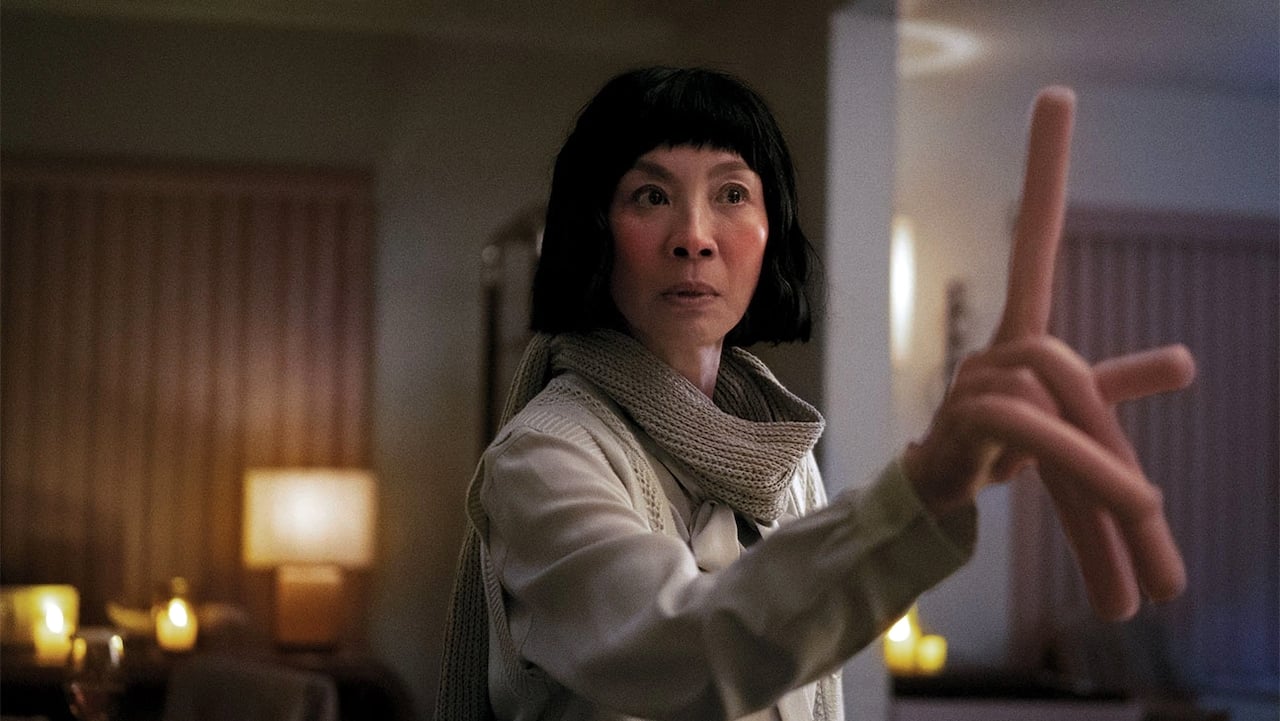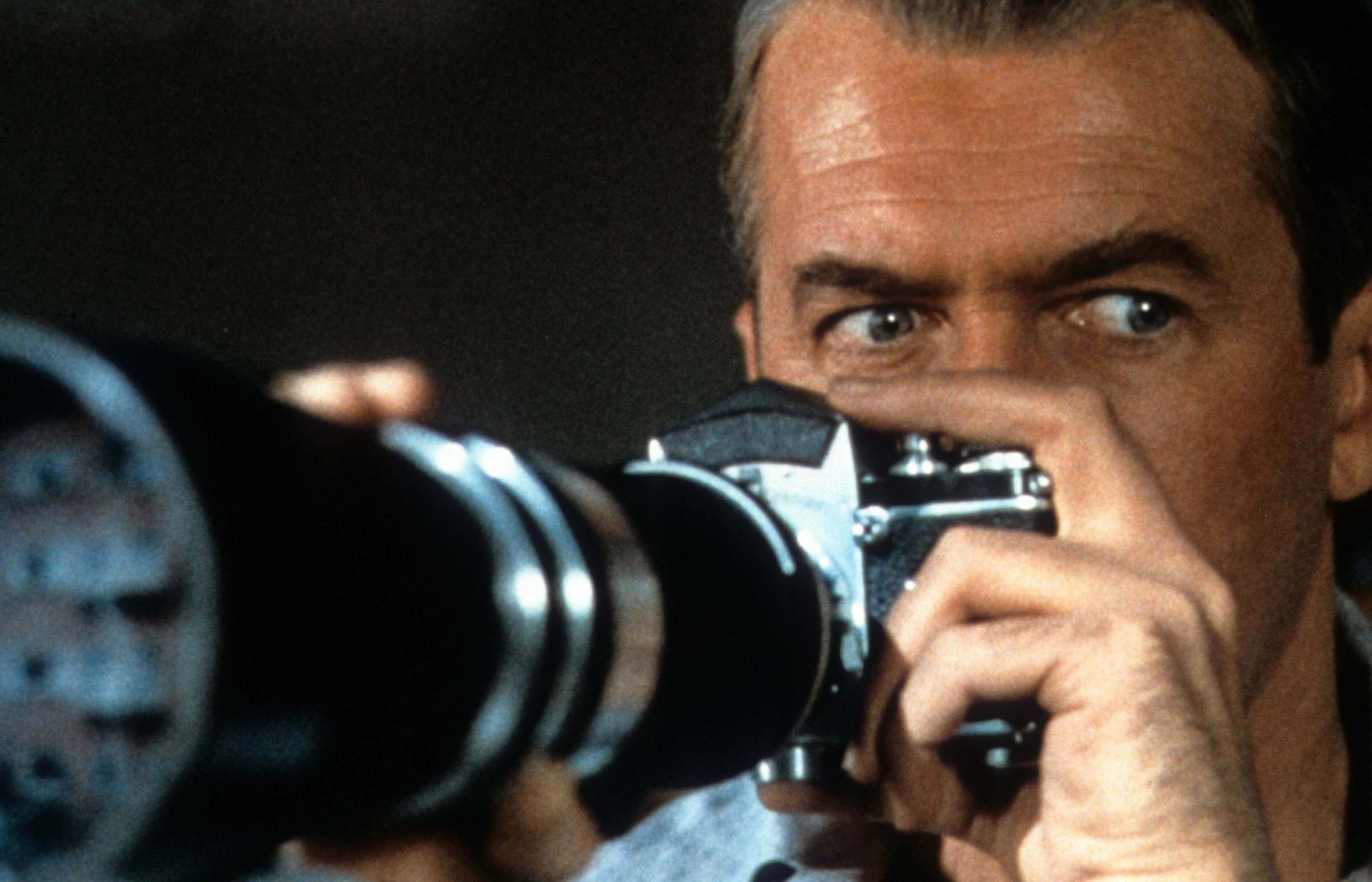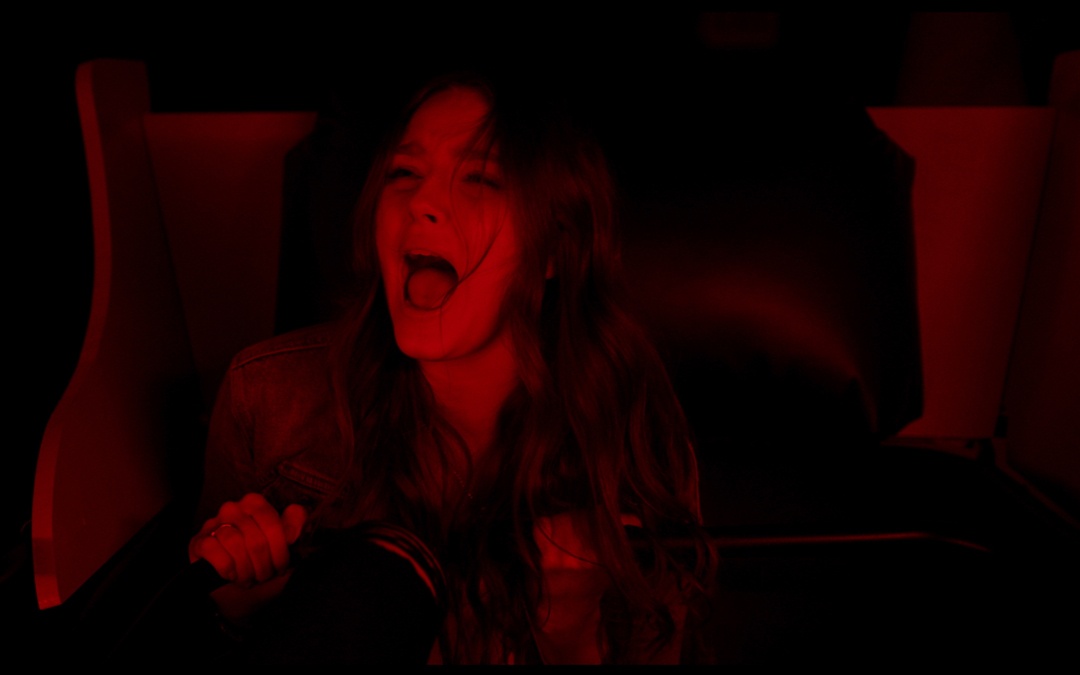3 Things 'Cuckoo' Can Teach You About Writing Great Horror
August 8, 2024
Do you love a unique horror film with some wacky European flair? Well, then, you’re probably so excited for Tilman Singer’s sophomore feature that comes out this week, Cuckoo.
After surprising horror film fans with the low-budget Luz, Singer was given a bigger budget to play with a wild tale set at an off-season alpine resort. There, a new family has just arrived with young protagonist Gretchen, who seems like the odd one out. She’s told not to be out alone late, a warning she promptly ignores, which leads her to discover some strange things are happening under resort owner Herr König’s watch.
I don’t know about you, but I’m on the constant hunt for original films not tied to existing intellectual property, and the horror genre has delivered us some gems in 2024 so far. Cuckoo is weird and wild and gets playful with horror genre tropes.
The movie premiered at the Berlin International Film Festival earlier this year and is gearing up for wide release—so before you go see the film, get some writing advice from writer/director Tilman Singer.
Creating Interesting Characters from Real Life
We all want our characters to pop off the page. A reader (especially an actor) should have a pretty quick grasp on who a character is based on their behavior, appearance, and dialogue. This will help the reader deliver the performance you’re seeking as a writer.
And let me tell you, there’s nothing more gratifying during a read, especially a cold table read, when an actor immediately gets it, and brings to life the character that’s until then only been living in your head.
This was true particularly for Tilman Singer and Dan Stevens, who plays Herr König in Cuckoo.
At SXSW this year, Stevens told Paste Magazine, “I had a particular character in mind. When I read it, it just sort of leaped off the page. I was like, ‘I think I know this man. I think I know who this is.’”
The two immediately bonded over the idea of this villain.

Cuckoo (2024)
“He was talking about this German person he knows,” Singer told Mashable, “who’s very wealthy, but very esoteric … and just how he described that quirky character, we connected over that.”
Singer’s character in the script had to be fleshed out enough for Stevens to make this connection and start building the person he would play in the film, which incorporated quirks from a person he knew in real life. Don’t be afraid to be inspired by people you know when creating characters!
And if they’re developed fully, the audience and actors will feel like they know them, too. They will hopefully understand their motivations, even if they don’t agree with what the character does. Stevens said that was another thing he appreciated about the screenplay and his character, which allowed him to fully immerse himself in Herr König.
“He clearly thinks this is something different to everyone else,” Stevens told Mashable.
Let Yourself Mix Genres and Tone
Neon has presented Cuckoo as a horror film, and with its mysterious creatures and bump-in-the-night scares, it definitely fits the bill. But Singer didn’t mean for it to just be one thing.
"I love scenes that are funny and tragic at the same time, or scary and funny," Singer told Screen Rant. "There's the story on the surface, but there's more to [it] however you want to look at it—if it's above or below, or it's in the ether, or whatever it is."

Cuckoo (2024)
Cuckoo intrigues by blending humor, elements of a creature feature and sci-fi, thriller tropes, and family drama. It leans into its weirdness and doesn’t try to overexplain what’s going on, letting the puzzling situation take viewers along for the ride.
I’d call Cuckoo a horror/thriller with sci-fi and body horror elements. The premise of a thriller usually features an isolated protagonist, which we have in the wonderful Hunter Schafer as Gretchen. She’s dropped into this mountain resort, surrounded by dangerous and weird characters, trying to solve an odd mystery while in constant peril.
The horror genre is one of the most malleable of all in filmmaking. As long as your plot is scary or disturbing in some way, you can add anything you want to these screenplays, including comedy, romance, adventure, science fiction, fantasy, and mystery. You can set the story in any time period you please.
These combinations can help your script stand out, especially if you demonstrate a mastery of the genres you’re combining. But you do have to know your stuff before you start mixing and matching.
“I personally just get so much pleasure out of when tastes—whatever it is, tone or genre—mix with each other,” Singer told Screen Rant. “And I love mixing genres too. … And disrupting that straight sort of storyline on the surface with different tones and different genres.”

Cuckoo (2024)
How to Write Unique Jump Scares
If you’re writing a horror script, you probably need to be prepared to write some jump scares, because audiences will expect you to terrify them.
A jump scare is just what it sounds like—a moment the viewer isn’t expecting that causes them to jump out of their seats.
Jump scares have gotten a bad rap lately, typically because they can sometimes feel “cheap” or overused, which deflates the scary tone of your script. But done well, they are truly surprising and heighten the overall experience of watching a film. There’s nothing like that moment of shock, followed immediately by relief.
Singer told ComingSoon that he actually doesn’t know how to create the perfect jump scare because there are endless possibilities for putting them in your project.
He acknowledged they can be “polarizing” but, when done well, knows they can serve the story.
“I think there is a good value, a real artful value to being startled every now and then,” he said. “But I think there's not only one way to do them. Sometimes they’re great when they come out of the blue without any hint before that they will happen. And sometimes it’s really nice teasing them that they might happen. And then there might be a fake jump scare.”
Note he said, “every now and then.” It is possible to have too much of a good thing! He also mentions that you can fake an audience out. Maybe you build up suspense, employing jump scare tropes, but turn the moment on its head and scare the audience in a different way.
There are plenty of examples of this in Cuckoo. You might also remember that recently, Longlegs employed many of these tactics, too—particularly in somber, silent moments leading to a shocking cutaway or disturbing noise.
As a writer coming up with these moments, your greatest assets will be your ability to think cinematically and create the mood and visuals for the reader, as well as your ability to develop tension on the page.
Perhaps one of the most famous and effective recent jump scares is from Insidious. You know the one. We’re sitting at the dining room table with characters, listening to Lorraine explain a dark, disturbing vision. Suddenly, on a reaction shot of Josh, we realize the malevolent force is sitting right behind the opposite character!

In this scene, the character reacts before we know what she’s seen, and then screenwriter Leigh Whannell paints a picture of this horrendous figure. Tension and visuals — all on the page!
Read More: Is ‘Apartment 7A’ Your Devilish Sign to Write a Satanic Horror Film?
Of jump scares, Singer added in the ComingSoon interview, “If you want to do them, you have to lean in.”
For Singer, at least one scary moment in Cuckoo grew out of the edit and sound design. Obviously, that comes long after a screenwriter has finished their work. But it’s up to you to lay that foundation and build up all that tension so everyone else working on a movie has something to play with.
So get terrifying!
Read More: The Horror Spec: How to Write a Horror Movie
Written by: Jo Light
A recovering Hollywood script reader, Jo spent several years in story development, analyzing screenplays for the likes of Relativity Media and ICM Partners while chasing her own creative dreams. These days, she juggles writing for industry leaders Final Draft, ScreenCraft, and No Film School, teaching budding writers at the college level, and crafting her own screenplays—all while trying not to critique every movie she watches.- Topics:
- Screenwriting & Craft




